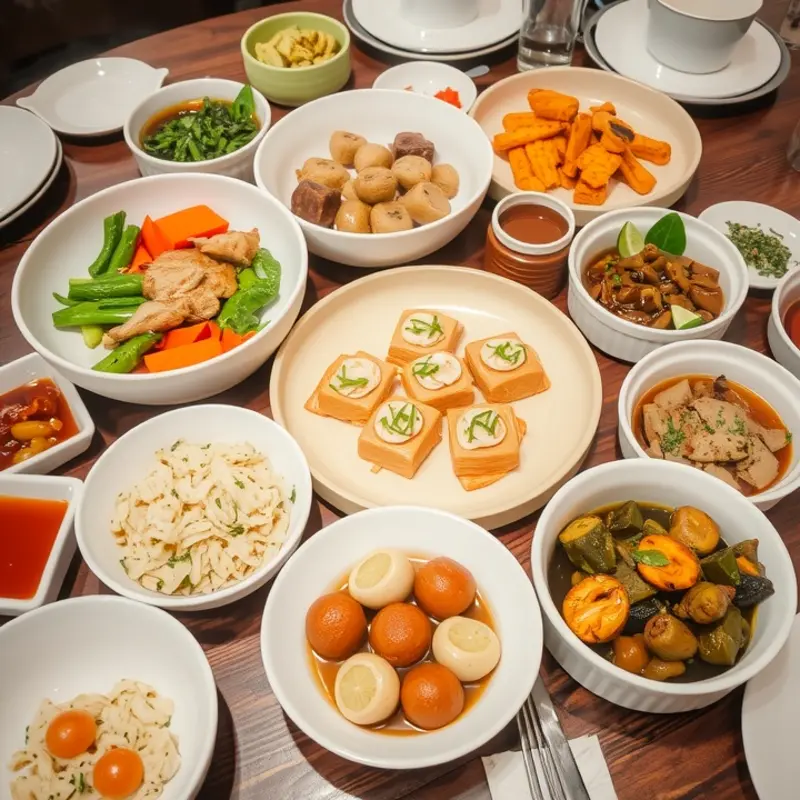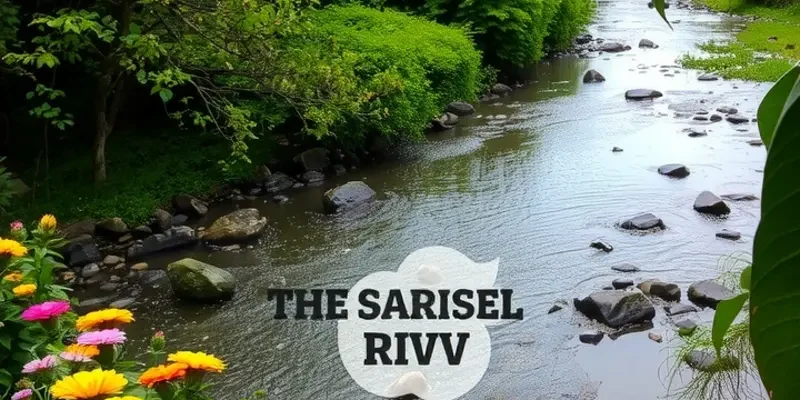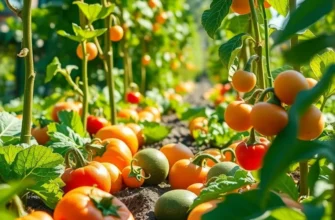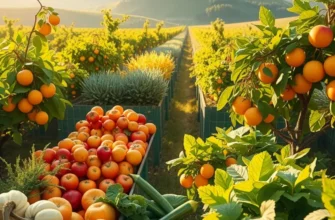Water is more than just a life source; in culinary traditions worldwide, it embodies culture, symbolism, and flavor. From sacred purification rituals to unique cooking techniques, this article explores how water interweaves with diverse global cuisines, enriching flavors and cultural significance alike. Whether it’s the steaming dumplings of China or the traditional tea ceremonies of Japan, water plays a pivotal role in culinary practices, enhancing not just food but also the communal ties that bind people together. Join us on this flavorful journey as we delve into the rituals that honor this elemental force.
Sacred Waters: Rituals of Purification and Cooking

The sacred rivers of the world are more than mere water sources; they are the lifeblood of countless culinary traditions. In many cultures, water is considered a purifying force, infused with spiritual significance. This dual-purpose role sees water transcend its physical properties, becoming a key ingredient that shapes not just flavor profiles but also spiritual essence of meals.
Take the Ganges in India, for example. While it is best known for its religious significance, the Ganges also plays a crucial role in food preparation. The ritualistic washing and soaking of rice in its waters is believed to purify the grains, infusing them with spiritual energy. This practice elevates even the most basic of grains into a sacred foodstuff, transforming a simple meal into a communal offering to the divine.
In Japan, water from sacred springs is cherished for noodle preparation, particularly soba. The water’s purity is deemed essential for achieving the ideal texture and flavor. The Japanese believe that using anything but the purest water would disrespect the ingredients and compromise the integrity of the dish. Thus, the water becomes a silent partner in the art of noodle-making, elevating the dish from ordinary sustenance to an artisan craft.
Traveling across the globe to Hawaii, the imu, a traditional underground oven, combines earthly elements with water to cook food slowly. This method involves wrapping meats and vegetables in banana leaves, then placing them over hot stones with water being poured over the entire setting. The steam generated cooks the ingredients over several hours, infusing them with a smoky, earthy flavor that speaks to the power of elemental fusion. Here, water acts as a conduit for flavor development, melding moisture and taste in a way other cooking methods cannot replicate.
Water’s role is not just about physical transformation; it is deeply emblematic of life and renewal. The Koshi rice washing ceremonies in Japan open a window into how rituals integrate culinary practices with spiritual enrichment. Each washing cycle is executed with care, symbolizing the passage of impurities from the grains and highlighting the significance of ritual purity shared between community and food.
These varied rituals speak to a universal acknowledgment of water as a life-giving and flavor-enhancing force. Across cultures, water’s role in culinary practices emphasizes a holistic appreciation of food, grounding it in both the tangible and the spiritual. This recognition is mirrored in countless food traditions worldwide, each with its own unique intersection of water and ritual.
For those interested in exploring the foundational elements that impact culinary techniques and flavors, uncovering these practices offers insight into a broader culinary wisdom that transcends traditional kitchen confines. You might find complementary insights in our practical ingredient batching guide, which explores how careful preparation can influence not just flavor, but also overall dish harmony.
Hydration and Flavor: The Role of Water in Cooking

Water is fundamental in the culinary arts, acting as an unseen yet powerful catalyst for transforming ingredients. Its role extends far beyond mere hydration, influencing the texture, flavor, and even the nutritional value of food across cultures.
Consider the process of steaming vegetables, a technique that highlights water’s ability to cook food gently. This method ensures nutrients are retained, and the natural flavors are enhanced without the need for additional fats. The tender texture achieved when steaming is a staple across multiple cuisines, reflecting water’s innate ability to bring out the best in fresh produce.
Braising, on the other hand, showcases water’s role in infusing flavors deeply into meats. The low and slow cooking process melds the flavors of herbs, spices, and liquids, creating rich and savory dishes renowned from French kitchens to Chinese homes. The transformative power of water in tenderizing tough meat cuts while developing complex flavors underpins many traditional meals.
In Italy, the art of pasta making underscores the importance of water quality. The mineral content in water can significantly alter the dough’s texture and taste. Italian chefs often insist on specific water chemistry to ensure their pasta maintains the desired tenderness and mouthfeel. The impact of local water sources on culinary outcomes reflects a broader principle found in regions worldwide.
The Nordic tradition of brewing coffee with pristine spring water emphasizes how water influences beverage quality. The clarity and purity of the water contribute to an enhanced aroma and a richer taste profile. This practice not only elevates the daily ritual of coffee drinking but also illustrates water’s crucial role in experiencing true gastronomic depth.
Water’s versatility extends into creative domains as well. Infused waters, for instance, are an excellent way to imbibe subtle flavors of fruits, herbs, and spices. These can be served as refreshing beverages or used in cooking to impart nuanced tastes without overpowering the main ingredients. Moreover, employing flavored ice cubes is an ingenious approach to gradually enhancing cocktails or soft drinks while keeping them cool.
For those exploring new culinary horizons, flavor boosters without salt offer alternatives that complement water-based cooking methods. By focusing on herbs, acidic elements, and aromatics, one can enhance dishes naturally.
Through understanding and appreciating water’s multifaceted role in cooking, a world of culinary possibilities unfolds. From the foundational techniques practiced globally to innovative uses that align with today’s tastes, water remains an indispensable player in the kitchen, shaping both tradition and innovation alike.
Final words
Water serves as a vital connection point among culinary traditions around the globe, enriching food not only in flavor but also in cultural context. From the sacred to the everyday, the rituals and practices surrounding water reveal deep-seated values and communal ties that transcend generations. Exploring these rituals unveils a shared appreciation for this life-giving ingredient while also offering insights into preparing and tasting food. The myriad of cooking styles that honor water emphasizes its role as a key element in culinary artistry. As we embrace our unique culinary paths, let us honor the traditions tied to this essential element and integrate them into our kitchens.








